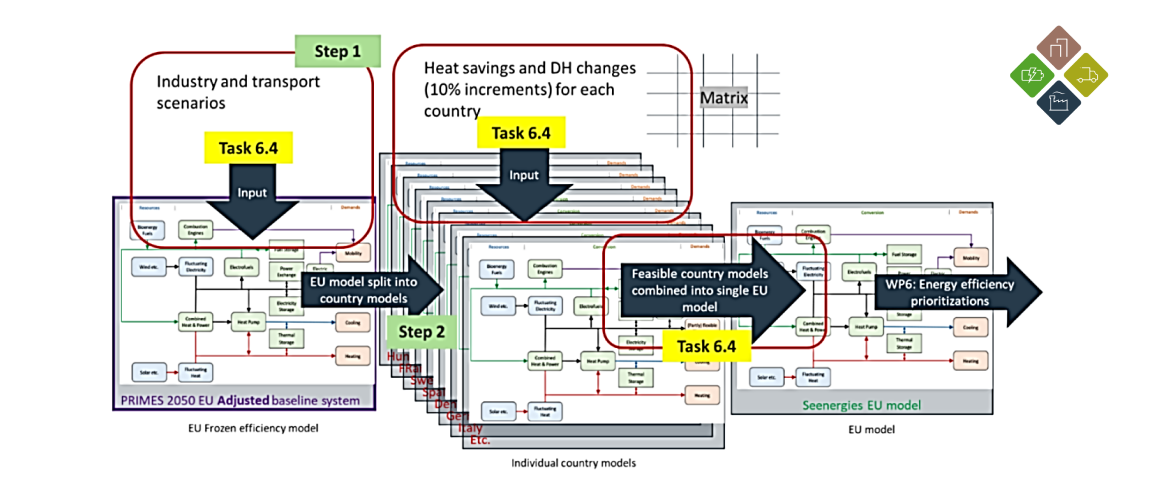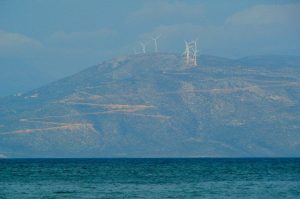
08 Oct Modelling platform for scenarios balancing energy efficiency and renewable energy integration
sEEnergies presents the modelling platform for developing energy-efficient scenarios for the European Union countries and the United Kingdom. The modelling platform applies the Energy Efficiency First Principle, and consists of a data component, and an energy-system analysis component. Energy-efficient scenarios for the energy system of each country include all the energy sectors including transport, industry and buildings. The main aim of this energy system modelling and energy system analysis is to balance energy efficiency and renewable energy integration, enabled by the modelling platform.

sEEnergies refers to two types of future energy scenarios: 1) sector-scenario and 2) system scenario. The system-scenario in sEEnergies is a core project output and is an energy system configuration in the future year 2050 for both the EU and for individual EU countries. This system configuration combines energy efficiency measures within the energy sectors. Within each energy sector, sector-scenario variations are developed and with the aid of these sector-scenario variations, a final sector-scenario is determined for applying into the final system-scenario for the EU or for a country.
At a fundamental level, there are two approaches to making future energy scenarios – forecasting and backcasting – and depending on the choice; the structure of the modelling platform differs. Forecasting makes scenarios based on trends and trajectories from the present to the future. Backcasting makes scenarios in the future and indicates the types of changes required now and in the next years to get to the future scenario. The structure of the modelling platform in sEEnergies follows the backcasting principle.

